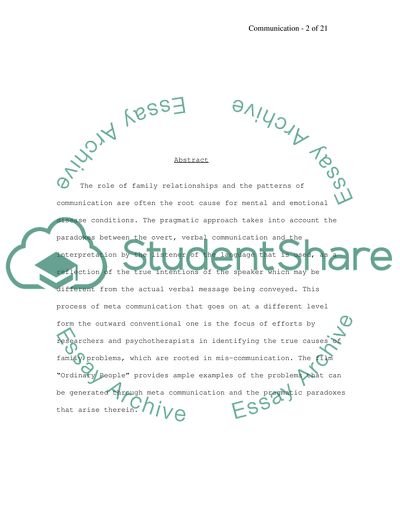Cite this document
(“Communication in Ordinary People Movie Review Example | Topics and Well Written Essays - 4000 words”, n.d.)
Communication in Ordinary People Movie Review Example | Topics and Well Written Essays - 4000 words. Retrieved from https://studentshare.org/visual-arts-film-studies/1702980-interpersonal-communication
Communication in Ordinary People Movie Review Example | Topics and Well Written Essays - 4000 words. Retrieved from https://studentshare.org/visual-arts-film-studies/1702980-interpersonal-communication
(Communication in Ordinary People Movie Review Example | Topics and Well Written Essays - 4000 Words)
Communication in Ordinary People Movie Review Example | Topics and Well Written Essays - 4000 Words. https://studentshare.org/visual-arts-film-studies/1702980-interpersonal-communication.
Communication in Ordinary People Movie Review Example | Topics and Well Written Essays - 4000 Words. https://studentshare.org/visual-arts-film-studies/1702980-interpersonal-communication.
“Communication in Ordinary People Movie Review Example | Topics and Well Written Essays - 4000 Words”, n.d. https://studentshare.org/visual-arts-film-studies/1702980-interpersonal-communication.


